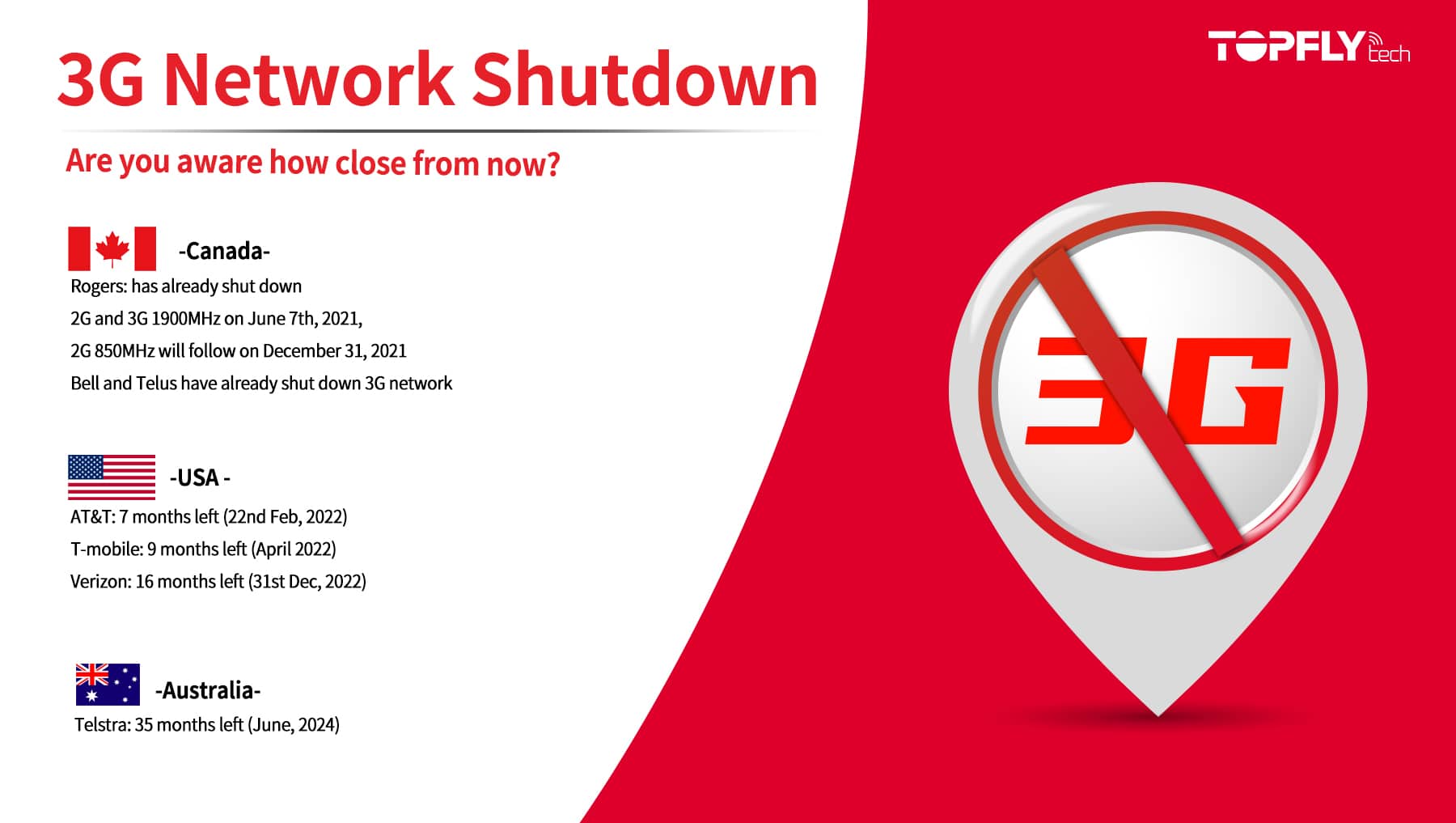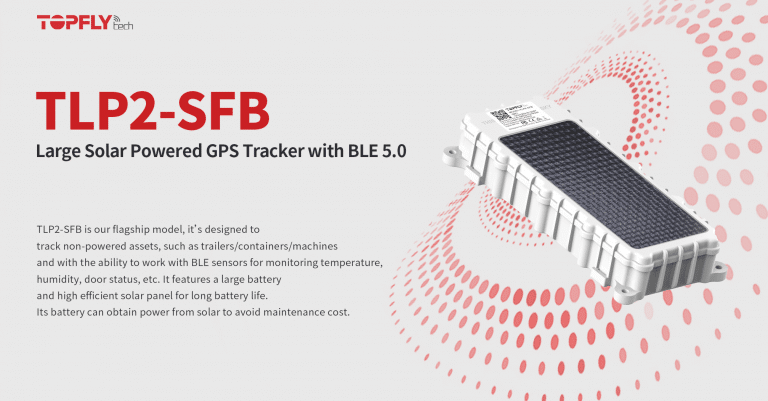
As global carriers begin sunsetting 3G networks, the countdown has officially started. For businesses relying on 3G-based telematics or IoT solutions, the impact is massive — when 3G disappears, those devices instantly turn into expensive paperweights.
Do you know when 3G will end in your region?
📅 3G Networks Shutdown Timeline by Country
🇺🇸 United States
- AT&T: February 22, 2022
- T-Mobile: April 2022
- Verizon: December 31, 2022
🇦🇺 Australia
- Telstra: June 2024
🇨🇦 Canada
- Rogers: 3G 1900MHz shut down June 7, 2021; 2G 850MHz ends December 31, 2021
- Bell & Telus: 3G network already shut down
⚠️ What Does This Mean for Telematics and IoT Businesses?
Once 3G sunsets, 3G telematics devices lose all connectivity — becoming as useless as a brick.
At first glance, a few months or years might sound manageable, but the migration process is far from instant.
From ordering and manufacturing to shipping, testing, and deploying, upgrading your fleet or asset trackers can take months or even a year. Add to that global chipset shortages and pandemic-related production delays, and time becomes your biggest constraint.
💡 Why You Should Migrate to 4G Now
Every 3G device deployed today will have to be replaced within the next few years — resulting in double labor costs and shortened product lifespan.
Switching to 4G LTE Cat-M1 / NB-IoT devices now ensures your operations remain future-proof, efficient, and globally compatible.
TOPFLYtech’s 4G-certified trackers are already validated by major carriers worldwide, including AT&T, Verizon, US Cellular, and Telstra, providing a reliable upgrade path for logistics, fleet management, and asset tracking businesses.
🚀 Act Before the Deadline
Avoid downtime, costly replacements, and operational chaos.
Start planning your 4G migration today — and make sure your IoT and telematics devices stay connected well beyond the 3G sunset.


